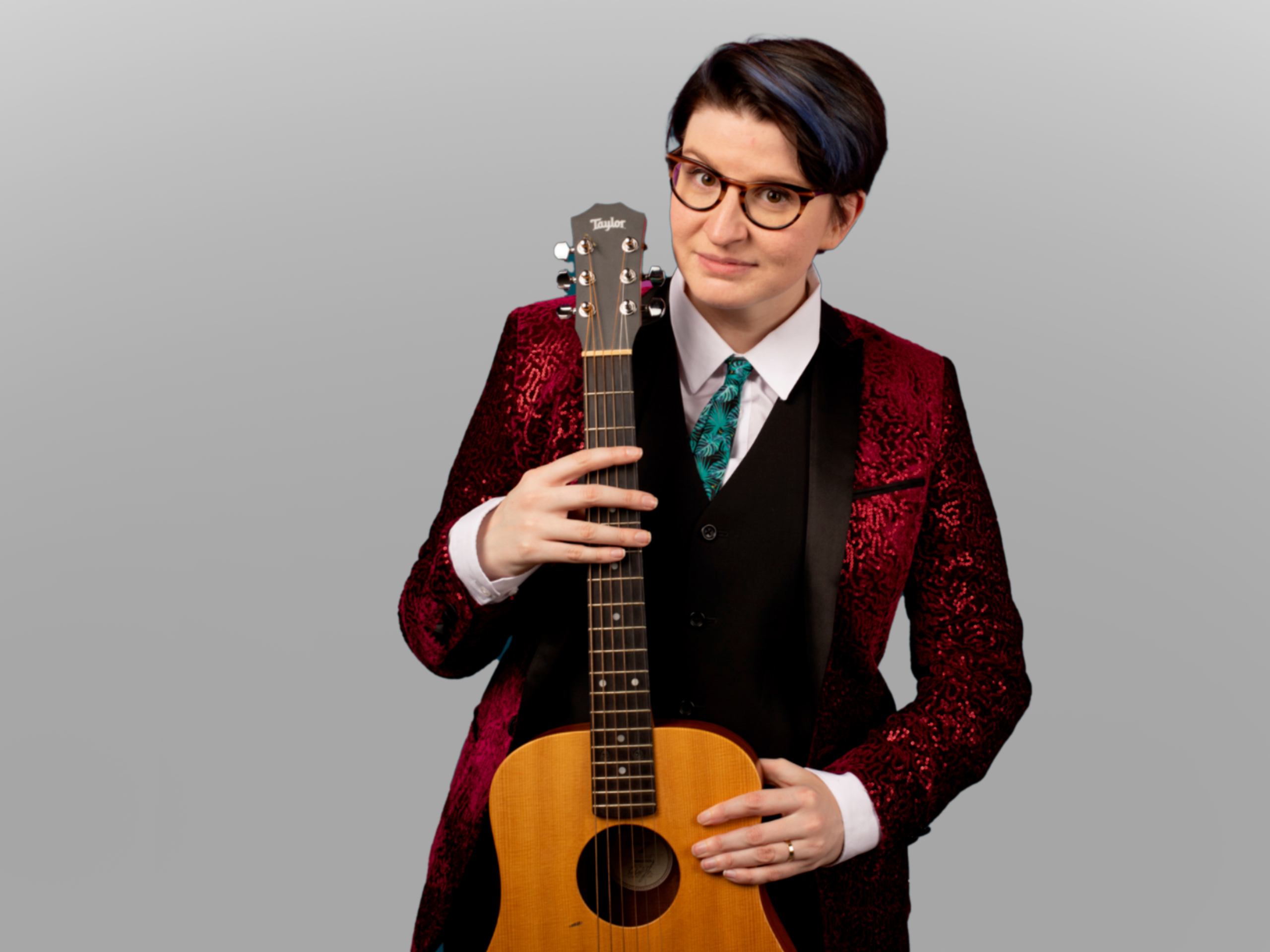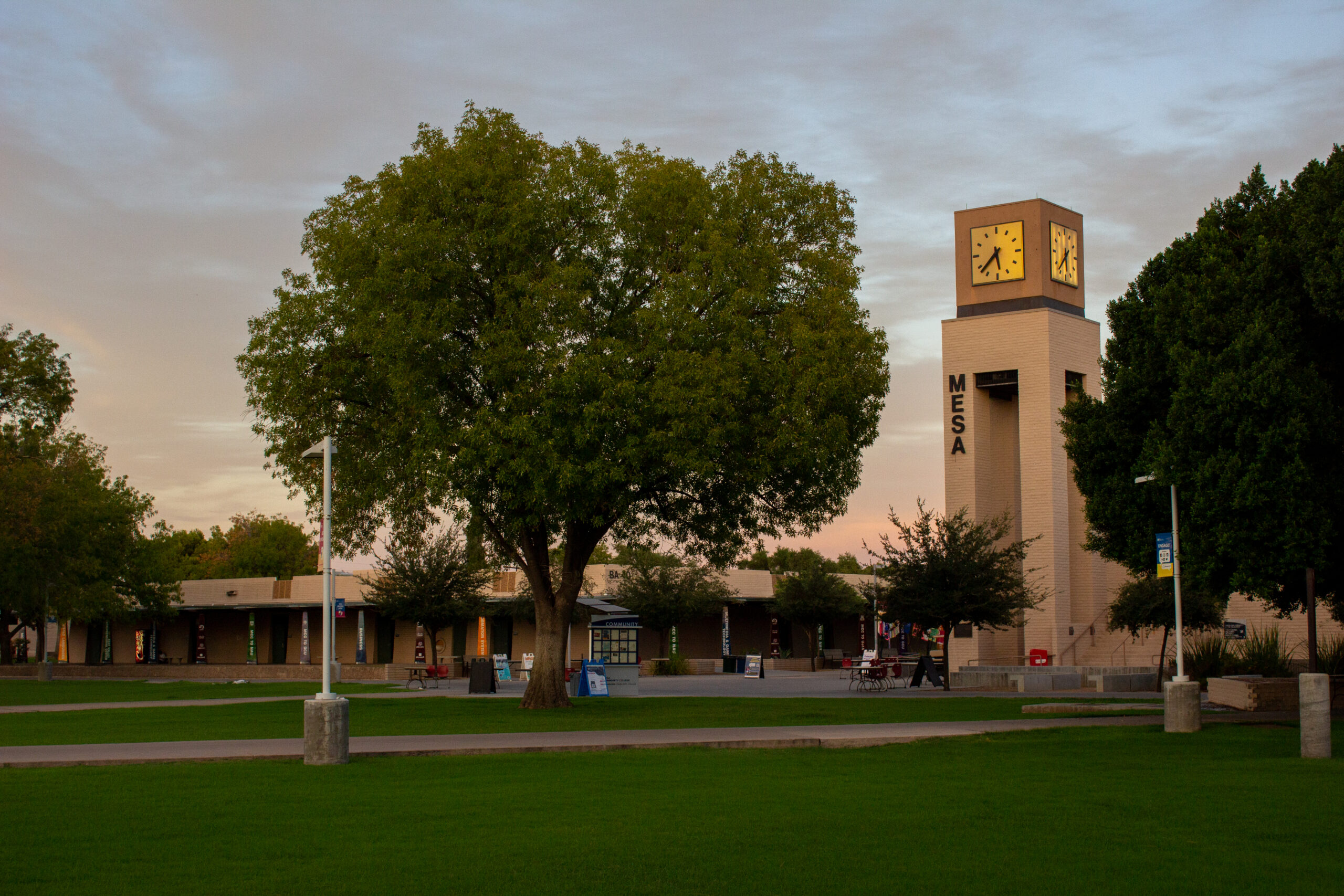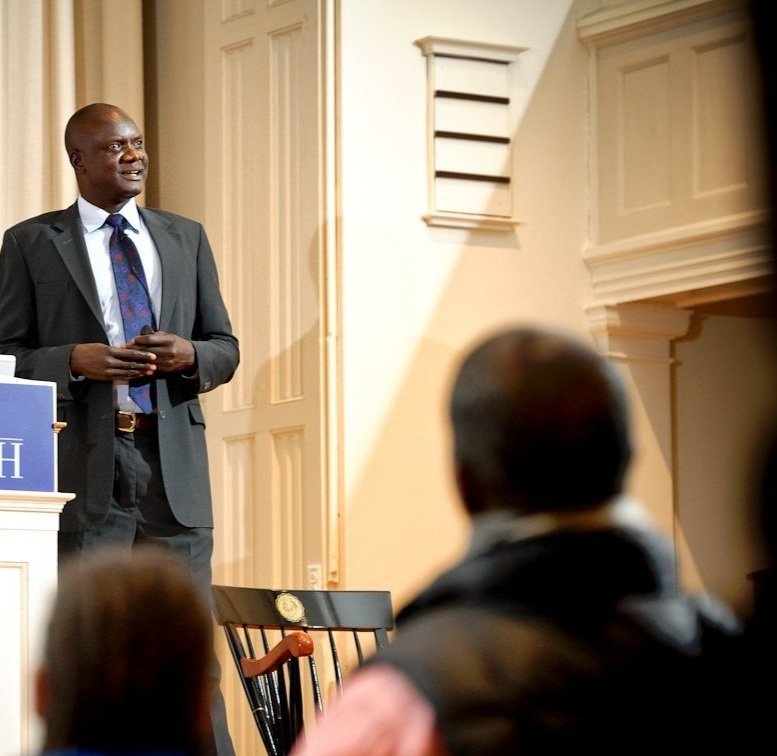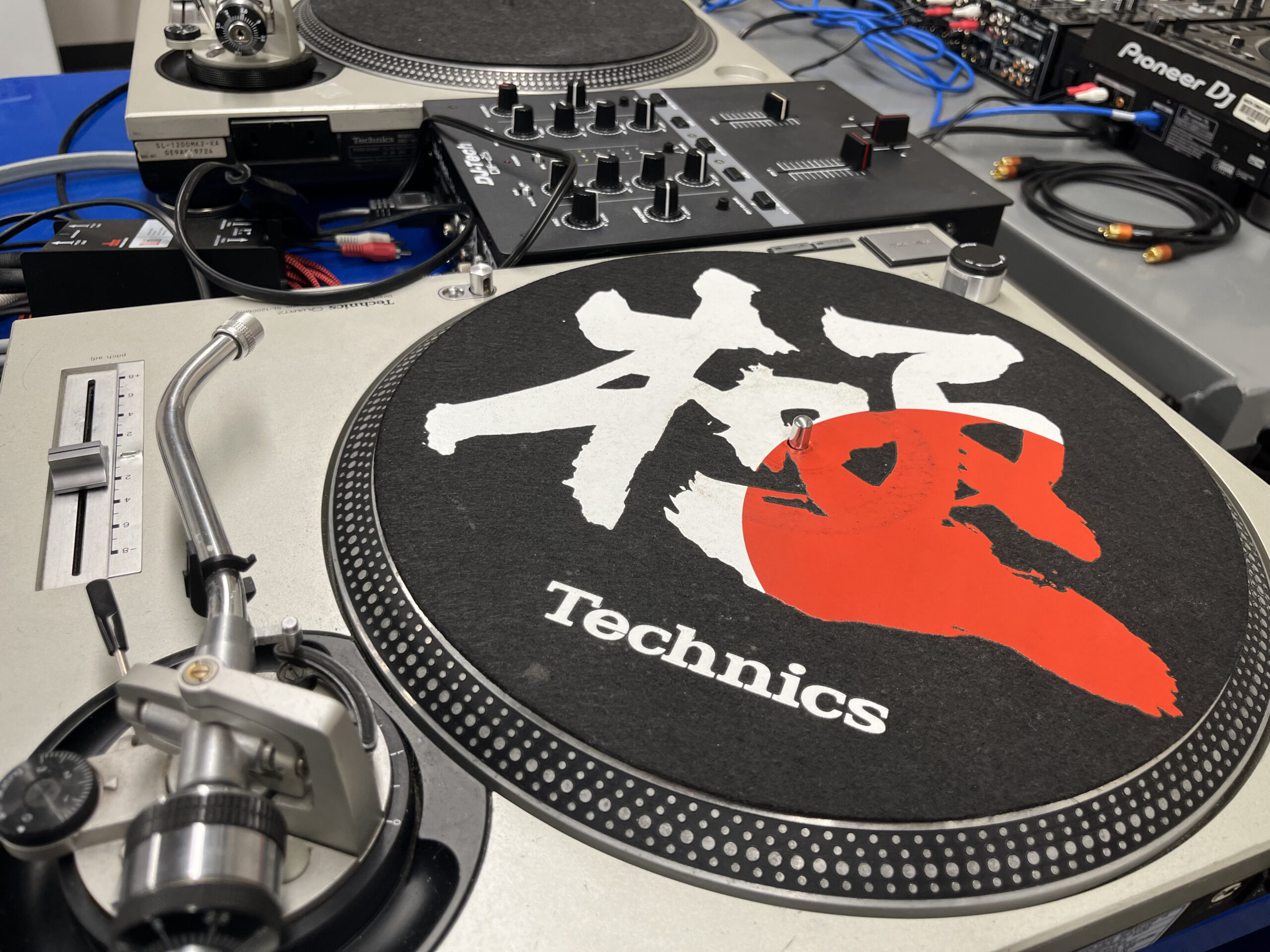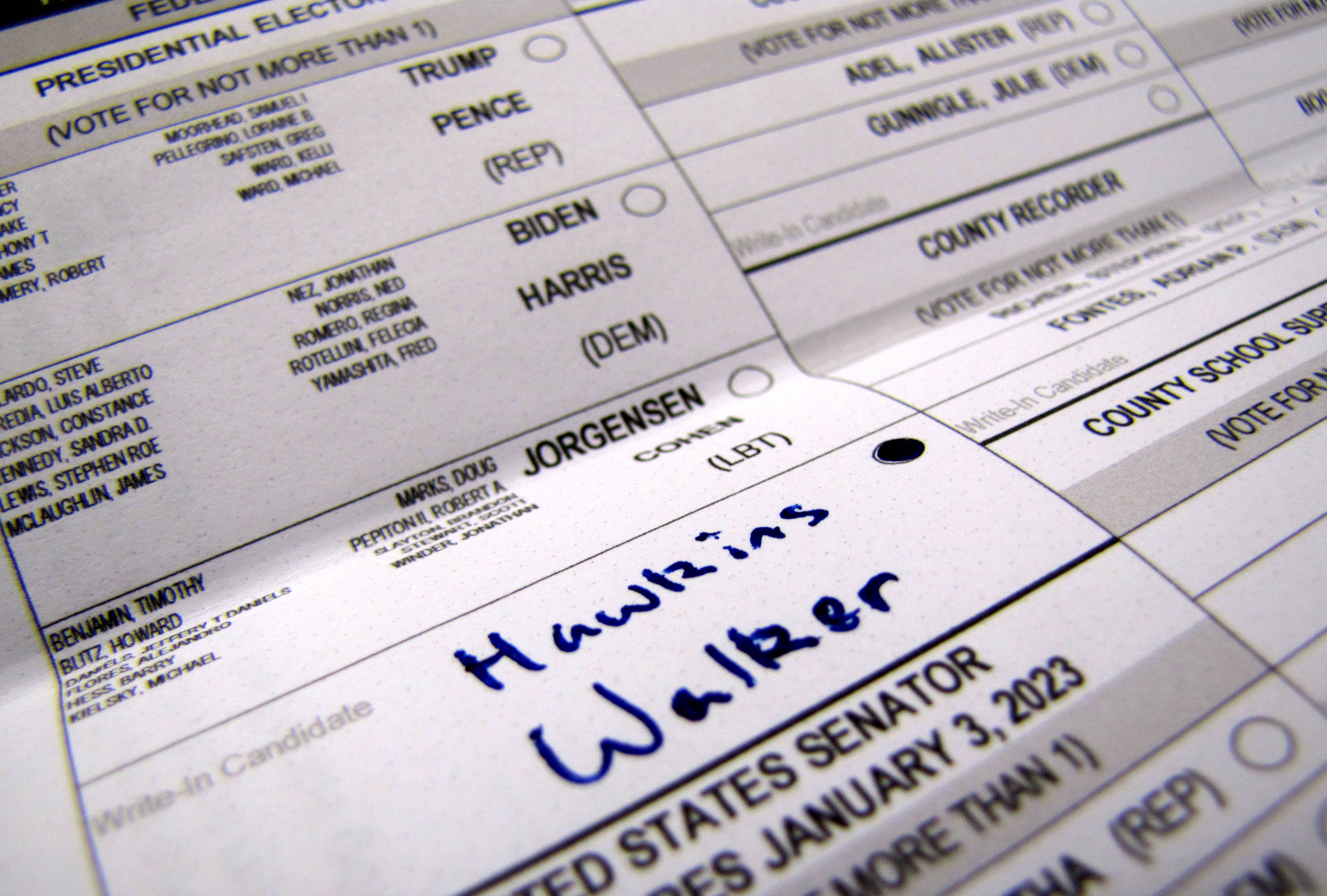The other candidates: Howie Hawkins’s Green Party race to the finish
With a losing ballot status, a lack of organization, and a global pandemic, the 2020 presidential election has been shaky ground for the Green Party in Arizona. But after endless months and with election day upon us, Green Party presidential candidate Howie Hawkins is still gathering final votes in Zoom calls. And some voters, including students, are still interested.
Though Hawkins and running mate Angela Walker aren’t on the Arizona ballot, 14 in-state voters tuned in on Saturday, Oct. 31, to a Zoom call with Hawkins and Arizona’s Green Party, according to Angel Torres, the Arizona coordinator for the Hawkins and Walker campaign. Torres, who ran for governor two years ago as a Green Party candidate, believes students still have something to gain from voting Green Party this election cycle.
When Howie Hawkins spoke with the Mesa Legend over the phone, he agreed.
The Green Party platform according to Howie Hawkins
Hawkins, a retired teamster and construction worker, began with three life-or-death issues: the climate meltdown, an economic bill of rights and the new nuclear arms race.
Through the eco-socialist Green New Deal, the climate meltdown would be mitigated by 100% clean energy and no carbon emissions by 2030. Hawkins was the first candidate to campaign on the Green New Deal in 2010. An economic bill of rights would deal with growing inequalities and include a job guarantee, guaranteed income above poverty, Medicare for all, housing, public education and safe social security benefits.
The third change would be peace initiatives and neutral nuclear disarmement, including a 75% spending cut on the military and retreating from wars and over 800 foreign military bases. Hawkins said despite 122 nations agreeing to the text of a treaty prohibiting nuclear weapons three years ago, major parties and candidates fail to address this issue.
The COVID-19 pandemic has also become a life or death issue, with 4% of the world’s population but 25% of deaths and infections.
“…Trump, he let COVID win. He’s the loser. But Biden is kind of complicit because he hasn’t even tried…to point to what we need,” said Hawkins, “which is a federal program for testing, contact tracing, and isolating those exposed or infected so we can suppress community spread of this disease and then go back to work and school safely.”
For students, Hawkins pointed to the party’s platform for tuition-free public college, student debt relief and a job guarantee, where the public sector would provide social service or public works and infrastructure jobs if the private sector fails.
“In our Green New Deal, we’ve got a budget. We’ve got a plan that nobody else has… Our budget, which is on our website, is a $27.5 trillion dollar 10-year program which creates 38 million jobs, and that’s just about how many people now need work in this COVID depression,” explained Hawkins.
A student debt relief program would look something like 10% of annual income going towards the debt. After 20 years, the rest is cancelled.
Hawkins also supported documentation for undocumented immigrants and open borders between North American countries akin to the European Union and Andes Pact.
There is a road block in Hawkins plan for the 2020 election. Because the Green Party in Arizona wasn’t able to procure enough signatures within the time frame, the Green Party lost the ballot line, meaning Arizonans looking to vote Green Party will have to write Hawkins and Walker in.
Hawkins said, “We have official write-in status, but we should be on the ballot. This country makes it harder to get on the ballot than any other electoral democracy.”
Despite this, Hawkins had confidence the Green Party is contributing to the election in the traditional role of third parties: bringing issues to the table to become public policy.
And forget about election spoiling; Hawkins noted that even if all of Jill Stein’s votes had gone to Hillary Clinton in 2016, it wouldn’t have made a difference.
“We’re the least of the Democrat’s problems. It’s voter suppression and the electoral college–that’s what they need to focus on,” he emphasized.
For real change to happen, the Green Party is looking towards abolishing the electoral college and first-past-the-post voting to ranked-choice voting.
“Fight for your future,” Hawkins said to students voting for the first time this year. “You vote for Biden and you want action on climate change, you want tuition free public college and student debt relief, you want Medicare for all, and these other progressive reforms–Biden’s opposed to all those things. If you vote for Biden to go against Trump, you basically silence your voice for those things.”
The Green Party platform according to a political science professor
While both Europe and the United States have a Green Party, Mesa Community College political science professor Dr. Brian Dille explained the American political system plays a key role in their differences. Because the United States doesn’t allow for third parties, serious environmentalists often end up becoming Democratic, and the Green Party is left with little experience and wishlist policy proposals.
“The American Geen Party is very ideological and rarely successful,” Dille explained.
The party has a wide spectrum of people, but all members place the environment and climate change before any other issue.
Dille agreed with Hawkins; third parties raise issues that contribute to the political conversation, persuade the public and sometimes become public policy. But practically, when a Green Party candidate is on the ballot of a contested race with a Republican anti-environmentalist, he said the anti-environmentalist might actually take office.
It matters what race it is, and in 2016, Jill Stein’s voters were too spread out to make a real difference in the election between President Donald Trump and former Secretary of State Hillary Clinton.
“…If I was a Green Party person in Arizona, I would not be voting for the Green Party,” Dille said, “because…the senate race and presidential race are going to be very, very close, and so in those races it could really make a difference.”
However, the policies the Green Party does put forward are appealing to students.
Tuition-free college and student debt relief, a platform also supported by Biden and running mate Kamala Harris, are possible. Biden’s platform supports partial student debt relief, like 5% out of your income for 20 years maximum if you make over $25,000, and a plan to make college tuition-free for families earning under $125,000 per year.
Tuition-free college could be accomplished through some sort of national service, like the GI Bill for veterans, the government giving a finite amount to spend where the student wishes or the nationalization of universities. The last option Dille said is unrealistic, because the bells and whistles of universities that compete for students, like football teams and fancy libraries, would go away.
Their student debt relief program is also possible. Hawkins’ idea of 10% of a person’s income for 20 years maximum would be a relief for graduates with low-paying jobs.
“So, you could be a social worker, or you could go be an artist or something and still pay back your student loans, because it’s 10% of your income no matter what your income is,” Dille explained. Without massive student debt, there’s no intense pressure to pay it off.
The plan is doable, but it costs money Dille said the government would either have to find somewhere else or add to the national debt. And without an interest rate, the future money you pay back would be less than the money you spent due to inflation, and the government loses money.
Other ideas–like a $20 minimum wage and a job guarantee–while good for students, may not be practical in real life.
“…Anything’s possible if you don’t have to pay for it,” Dille said. “And that’s why I’m saying that the Green Party platform is not usually very practical, because they know they don’t have to actually do any of it, because they’re not gonna win.”
Such a high federal minimum wage would be an economic shock in some areas, and a job guarantee would look different now than in 1930, when jobs weren’t skilled. It could be great for graduates, but realistically? It’s difficult to implement.
Something else that has impacted the Green Party’s strength is the American dislike of socialism and the right-wing campaign to equate socialism with communism. Spoiler alert: they’re not the same.
“…The only way to protect the environment is through collective action, and so they’re sort of inherently socialist in their solutions,” Dille explained. “…The reason Americans hate it is beacuse it goes against our individualism, which is ingrained into American culture.”
Despite this, every moden economy is a mixed economy–part capitalist, part socialist. And even though it will be difficult for the Green Party to get the hundreds of thousands of votes required to automatically qualify in the next election, socialist policies are always a part of the American government.
The Green Party according to voters
Unlike the two Libertarian rallies held in Arizona over the course of this election cycle, the Green Party has been cautious of in-person events, relying on online campaigning that has made it difficult to organize and gather votes.
Torres said there’s been enthusiasm, but it’s hard to gauge voter turnout because of the global pandemic.
“I mean, we’re in the era of anyone-but-Trump, so there’s a lot of fear and a lot of concern. They want to get rid of the current occupant of the White house,” said Torres.
But he emphasized potential vote-spoiling is not the case, and despite obstacles, Hawkins and Walker, who was a member of unions when she lived in Wisconsin, are doing great on the trail.
And students should still vote what they believe in. With a long history of Green Party student chapters on college and university campuses, students have been involved in the Green Party fight against student loan debt and the climate crisis.
“Well, specifically here in Arizona, I think that youth and students should vote for a candidate–if they haven’t already put in a ballot, they should vote for Howie and Angela,” Torres said, “because they are the only two candidates, in my opinion, who are going to fight for the needs of working people and families.”
ASU management major Dnaielle Delgado, who’s voting for the first time this year and is registered Independent, said she voted Green Party because Hawkins’ platform was the closest to what she truly believed in on issues like climate change, race issues, ending wars and healthcare for all.
“… A lot of what the Howie Hawkins platform provides is a progressive platform that can create…an economy that is advantageous for me once I get out of school,” Delgado said.
For policies like the Green New Deal, Medicare for all and a $20 dollar minimum wage, she explained, “…these are all ideas and platforms…that make me hope for a better future. As a student, it makes me hopeful that there is progress that we can have once I leave school.”
For both Delgado and Torres, Hawkins not being on the ballot is a struggle. Delgado was disappointed voters will not be as informed as they could be, and being on the ballot could help voters make the decision to vote Green Party.
Torres explained in Arizona, the threshold for signatures has risen while the deadline to collect them to be on the ballot has been pushed back, making it more difficult to secure a place on the ballot.
They both hope the outcome of the election will see 5% or more of the vote for Hawkins and the Green Party, which would mean an automatic place on the ballot in the next presidential election.
“I don’t anticipate that happening because of…you know who the current occupant of the White house is,” Torres said. “So hopefully that individual will lose the election, and everything will go peacefully. Hopefully former Vice President Biden will win by a landslide.”
For Torres, the Green’s biggest challenge is organization and building the local party up for the next election. With a global pandemic, lack of support and no place on the ballot, the 2020 election cycle is an uphill battle.
“Well, what I would tell students and youth is that, you know, vote your values and vote for what you believe in… Vote your hopes; don’t vote your fears. And then if you want to see Green Party here in Arizona, if you want to see socialist party, if you want to see some sort of left unity, please get involved,” Torres said.
“I don’t remember a time where we weren’t fighting war in the Middle East. I don’t remember a time where people weren’t angered that the United States is sending bombs and missiles and weapons to Saudi Arabia to murder individuals. And in fact, in a way it’s become normalized,” Delgado said. “…And I think it’s important for students to keep discussing it, because…it’s become normal in our lives, but we have a chance to make it different…for students in the future.
“Oh, also, like taxing the rich,” she added with a laugh. “That’s also great, because, like, students aren’t.”
Whether the Green Party wins the election, crosses that 5% threshold or fails to do both, the 2020 race is a contentious one. Voting for the Green Party might not actually pass the initiatives students want, but those who vote with their conscience or those who vote to push policies are interested in Hawkins and Walker’s platform.
“You vote for the Green Party, everybody knows we are for those things,” Hawkins said about the Green Party’s key issues. “So I say make your voice heard, use your power and make the politicans come to you and compete for your vote.”
